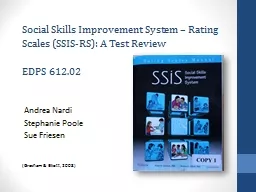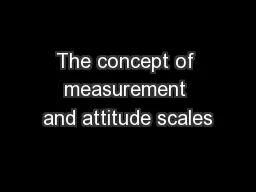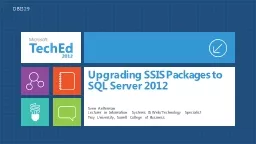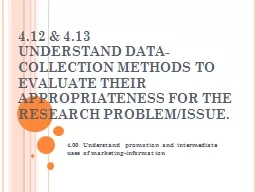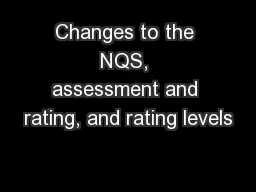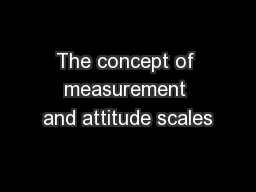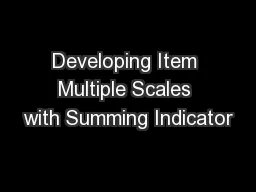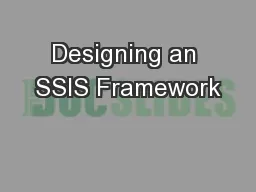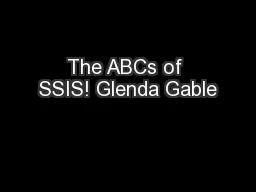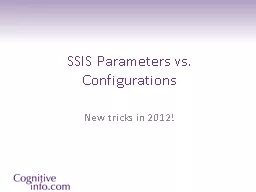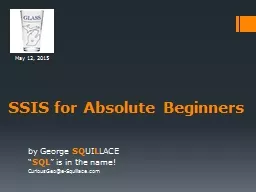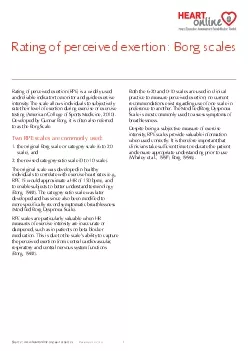PPT-Social Skills Improvement System – Rating Scales (SSIS-RS): A Test Review
Author : celsa-spraggs | Published Date : 2019-11-20
Social Skills Improvement System Rating Scales SSISRS A Test Review EDPS 61202 Andrea Nardi Stephanie Poole Sue Friesen Gresham amp Elliott 2008 Outline Test Overview
Presentation Embed Code
Download Presentation
Download Presentation The PPT/PDF document "Social Skills Improvement System – Rat..." is the property of its rightful owner. Permission is granted to download and print the materials on this website for personal, non-commercial use only, and to display it on your personal computer provided you do not modify the materials and that you retain all copyright notices contained in the materials. By downloading content from our website, you accept the terms of this agreement.
Social Skills Improvement System – Rating Scales (SSIS-RS): A Test Review: Transcript
Download Rules Of Document
"Social Skills Improvement System – Rating Scales (SSIS-RS): A Test Review"The content belongs to its owner. You may download and print it for personal use, without modification, and keep all copyright notices. By downloading, you agree to these terms.
Related Documents

